Salome's Last Dance - The Gratuitous Black Hunk
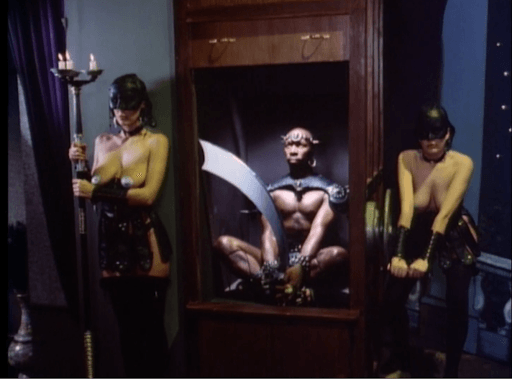
Enough said, right? Or maybe you were looking at the boobs?
Well, let me put this in a bit of context, since the context brings in an intriguing mix of gay history, personal history, and literary history. In 1981 Oscar Wilde (that's it for the gay history, folks) wrote a one-act play in French, Salome, based on the Biblical narrative of Herod's stepdaughter attempting to seduce, then demanding from the besotted Herod for whom she has danced the Dance of the Seven Veils, the head of John the Baptist on a platter. Wilde wrote a strange and stagey text lensed through particularly vaporous fin-de-siecle aesthetic movements: Symbolism, Pre-Raphealite sensibility, Decadence. There's a reason that Salome never gets produced.
Now for the personal history. The famous nude wrestling scene in Ken Russell's Women in Love shocked me with film's power to arouse and move. In 1969 sex-positive depictions of eroticism between men were few and far between. Ken Russell went on to a long and controversial career filled with sometimes glorious, sometimes wretched excess. One can see why he was drawn to staging Salome, which he presents as a play-within-a-film set in a Parisian brothel. Wilde's boyfriend/lover Lord Douglas is cast as John the Baptist and is the object of much high-flown verbal slobbering on Salome's part. Salome's Last Dance definitely scores high on the wretched excess spectrum, but that can have its own pleasures. (I like Boz Luhrmann, thank you very much.)
So what's with the Black executioner and his strategically placed sword? John the Baptist's executioner didn't make it into the gospels, so Ken Russell, British by birth and training, was free to let his imagination roam. And a super-hunky Black executioner would certainly make an impact. Of course, it's a non-speaking part. As I've written elsewhere, schlock reveals a culture's fixations and phobias with the least artistic screening. This is high-class schlock, but it does show that the Mandingo fantasy has its counterpart on the Continent. With the long history of the British in Africa, this needn't be a borrowing from American culture.
Recent Posts
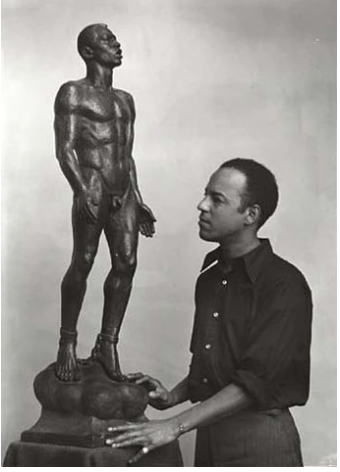
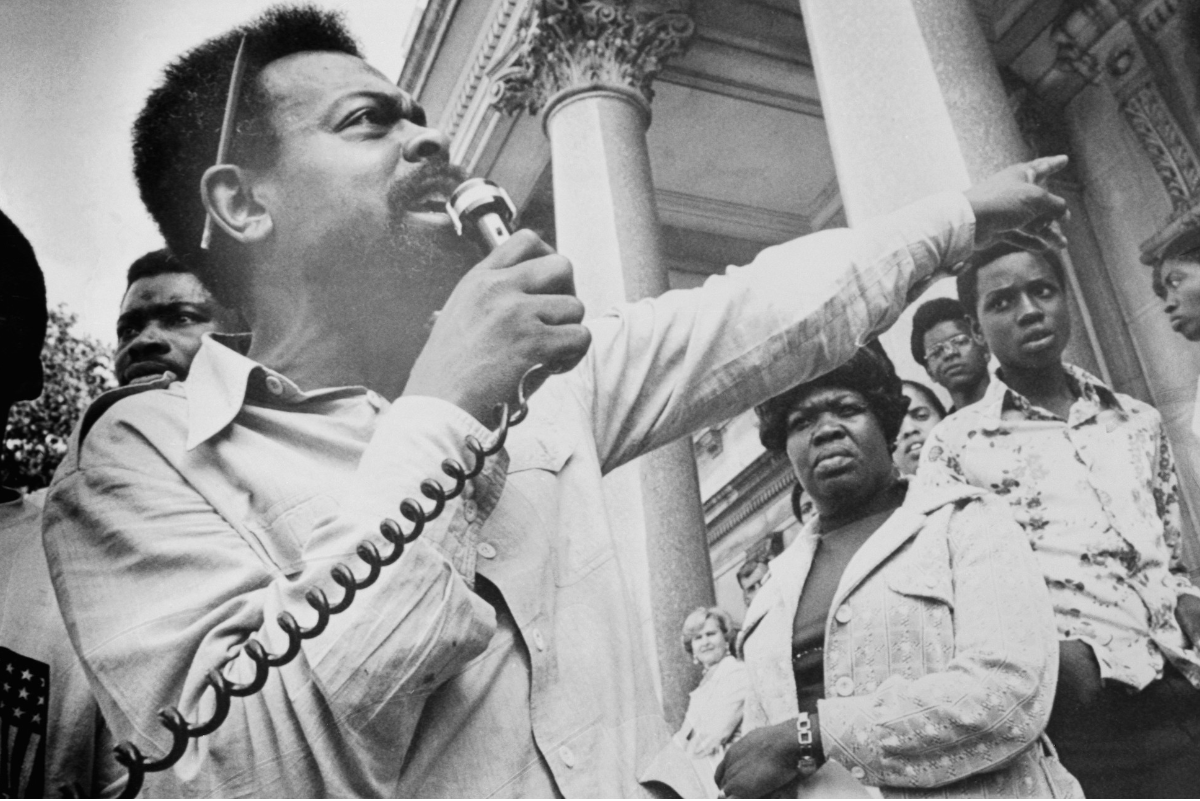
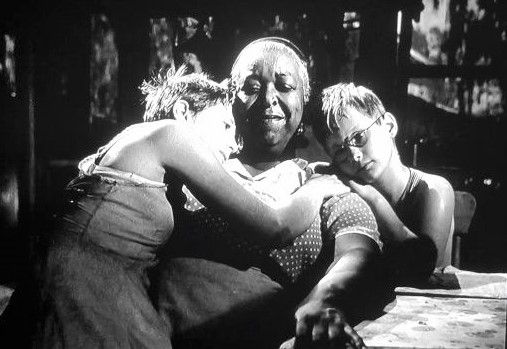
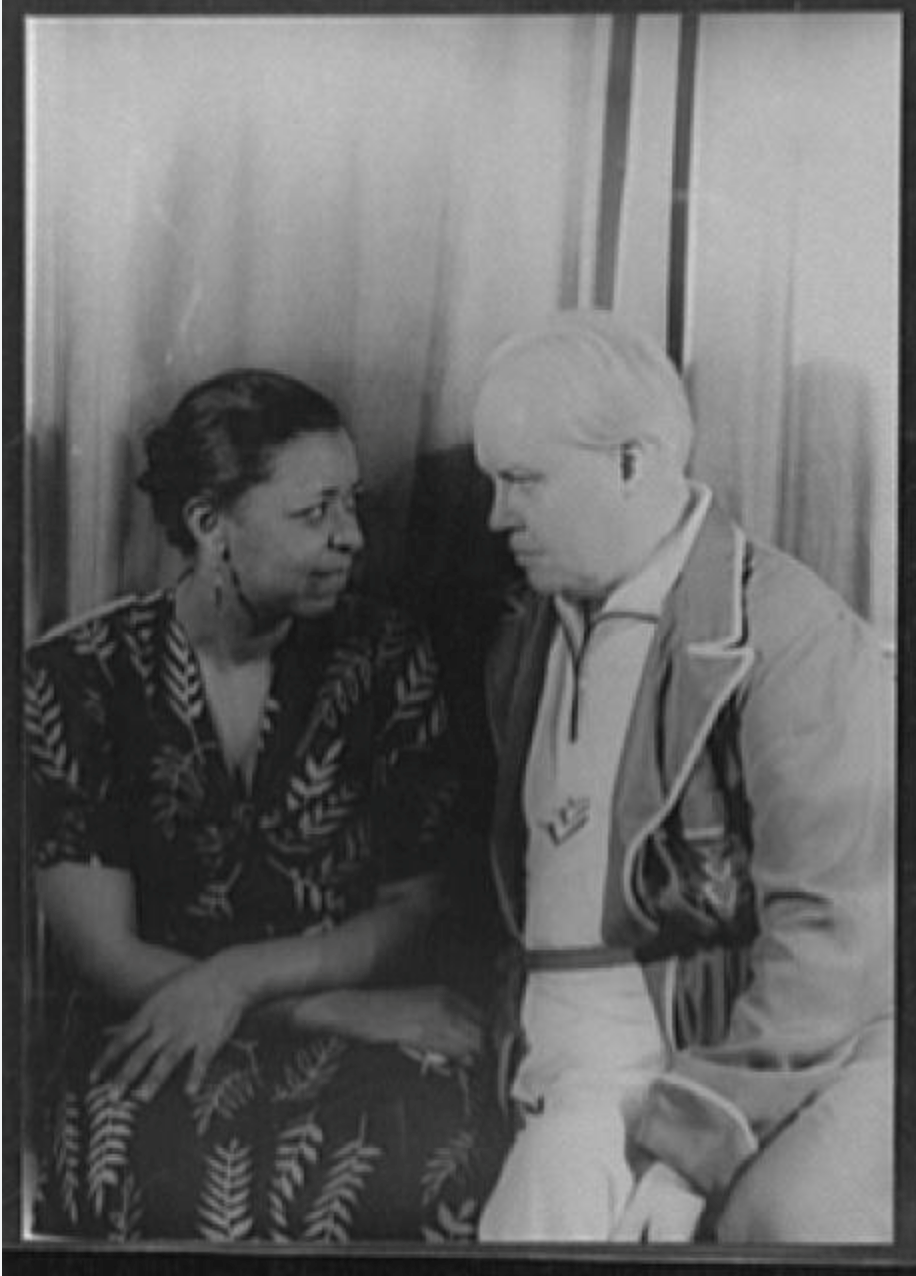
SHOGA FILMS is a 501(c) (3) non-profit production and education company. We create multimedia works around race and sexuality that are intended to raise awareness and foster critical discussion.
Contact Us
All Rights Reserved | Shoga Films
Stay Connected
Thanks for subscribing!
Please try again later.


